Blogs from the Field
A healthy future for wildlife, people, and planet.
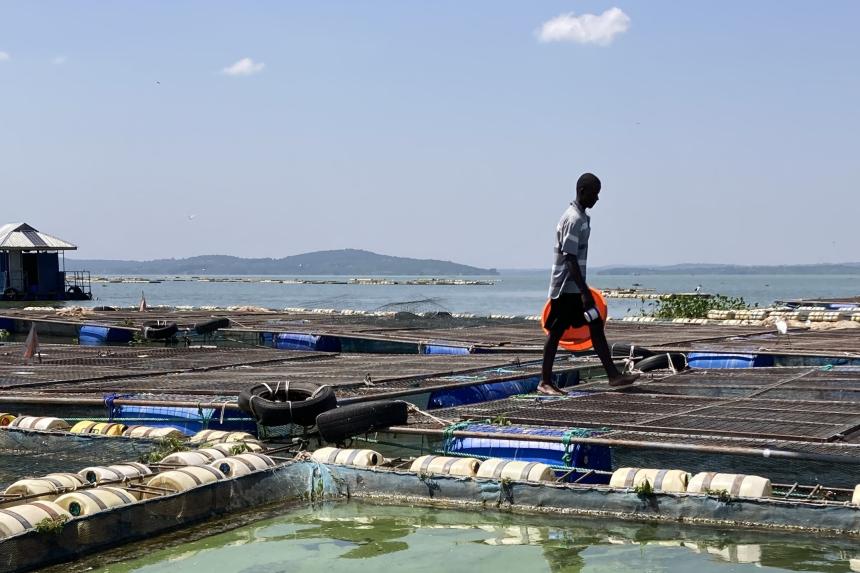
March 28, 2025
by
Rodman Getchell
I joined my colleagues at the Cornell University College of Veterinary Medicine (CVM), Dr. Kathryn Fiorella, and her PhD student, veterinarian Eric Teplitz, who have been working to examine interactions among environmental change, livelihoods, food systems, and nutritional security....
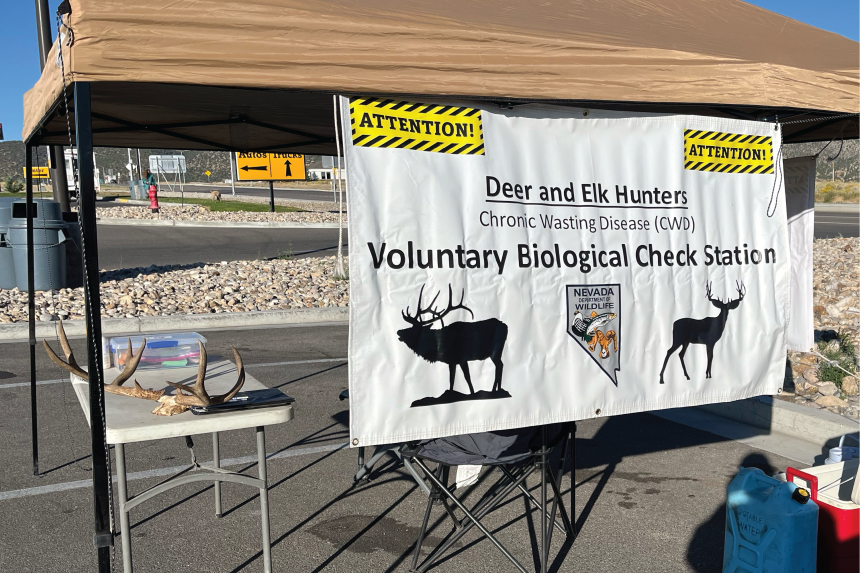
March 03, 2025
After reading the alumni spotlight on Nate LaHue, DVM ‘13, during my second year of veterinary school, I knew I wanted to explore wildlife work in a government agency and decided to reach out....
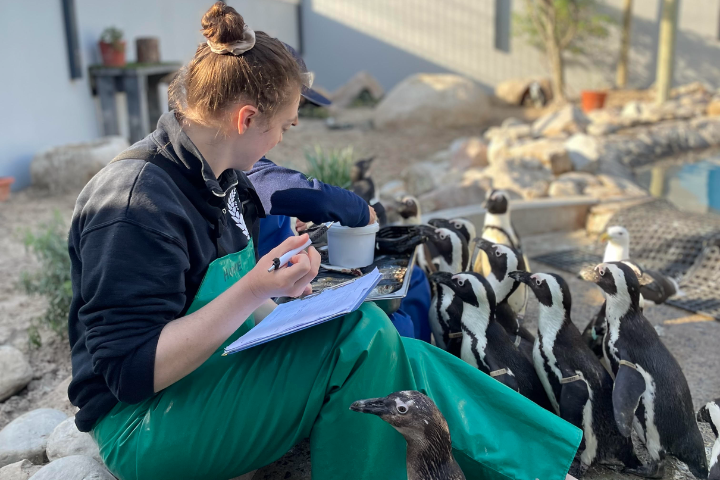
February 20, 2025
Since deciding to pursue veterinary medicine, I have been interested in conservation medicine, with a focus on improving the health of wildlife populations. More recently, my interest has expanded to aquatic medicine...
February 06, 2025
In the Kasongoire Forest of western Uganda, nearly 60 chimpanzees build nests and nap in Ficus trees; playful infants jump energetically from hanging vines, while young males sit in circles to groom each other. When you are deep in the forest observing the chimps, it is easy to forget that this forest is only a fraction of its former size....
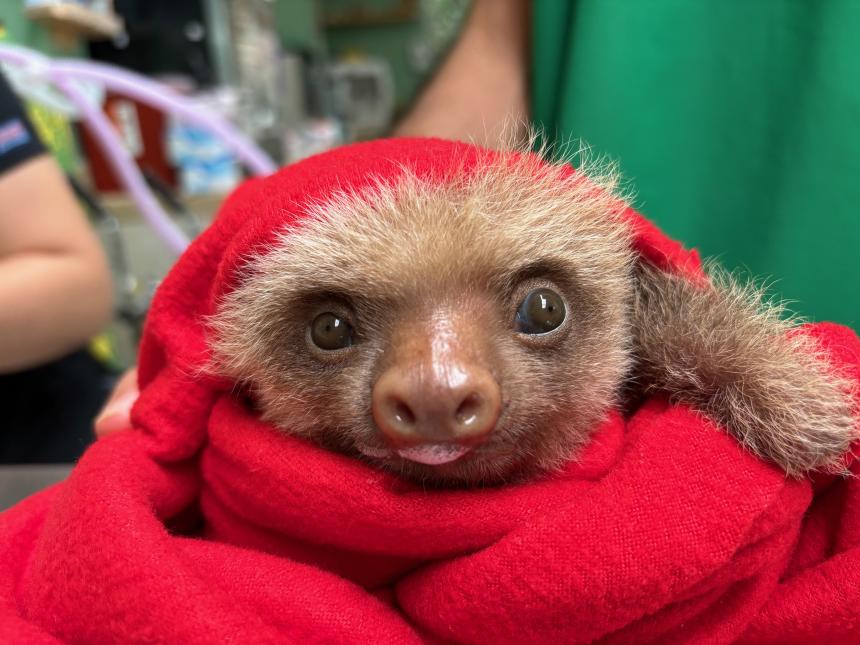
January 24, 2025
This past summer, I had the opportunity to work alongside the veterinarians at the Toucan Rescue Ranch (TRR) in San Isidro, Costa Rica. TRR provides veterinary care, enrichment, and rehabilitation for a diverse array of animals, including birds, sloths, felids, and more....
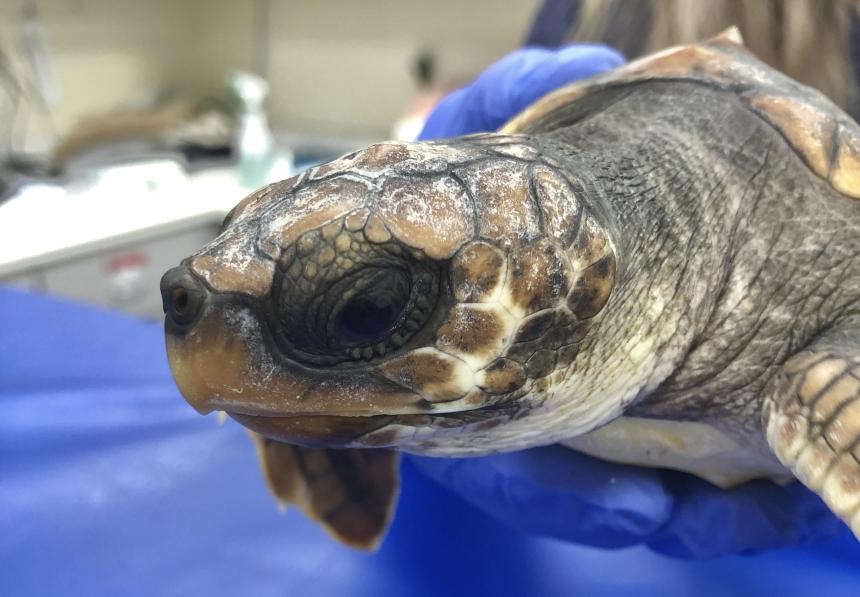
December 12, 2024
This past summer, I had the opportunity to travel to Jekyll Island, Georgia, where I served as a veterinary student extern at the Georgia Sea Turtle Center (GSTC). As part of the Jekyll Island Authority, GSTC provides rehabilitation, education, and research programs focused on conserving local wildlife and their habitats....
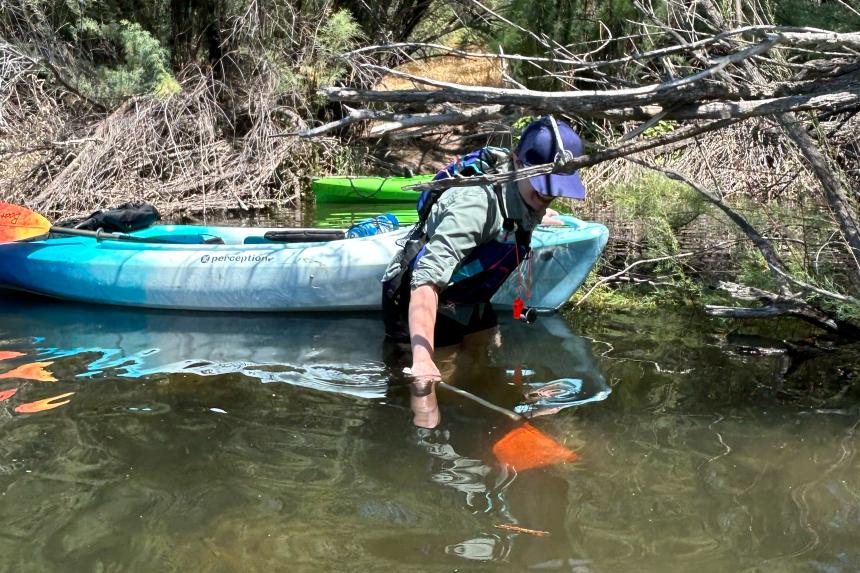
December 04, 2024
Government isn’t the first place that most veterinary students would think of charting a career path, even those of us interested in wildlife. However, as I learned this past summer, government work can offer just as rich and diverse an experience as any zoo....
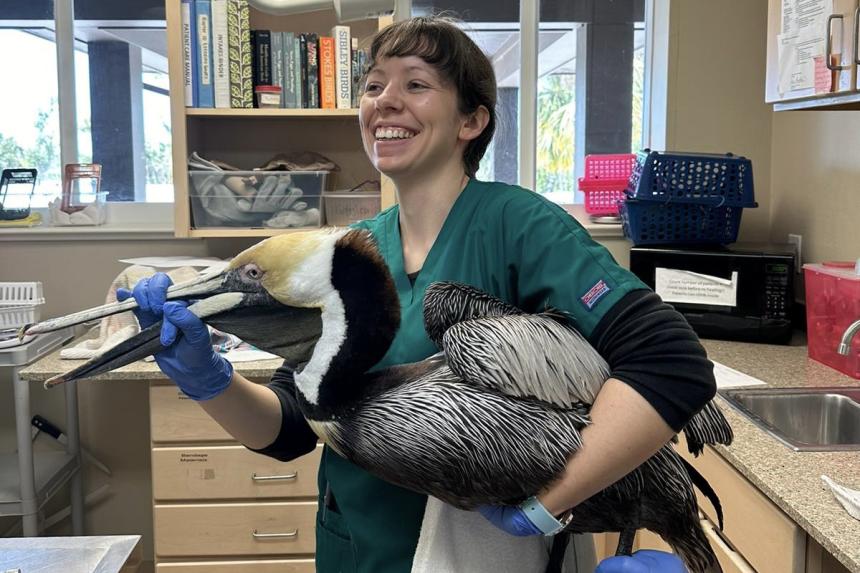
September 12, 2024
I have always been passionate about wildlife conservation and have been pursuing that career path throughout my veterinary studies. I have used most of my school breaks to go abroad and gain clinical experiences working with a variety of endangered species (notably in South Africa, Costa Rica and my most recent trip to Namibia)....
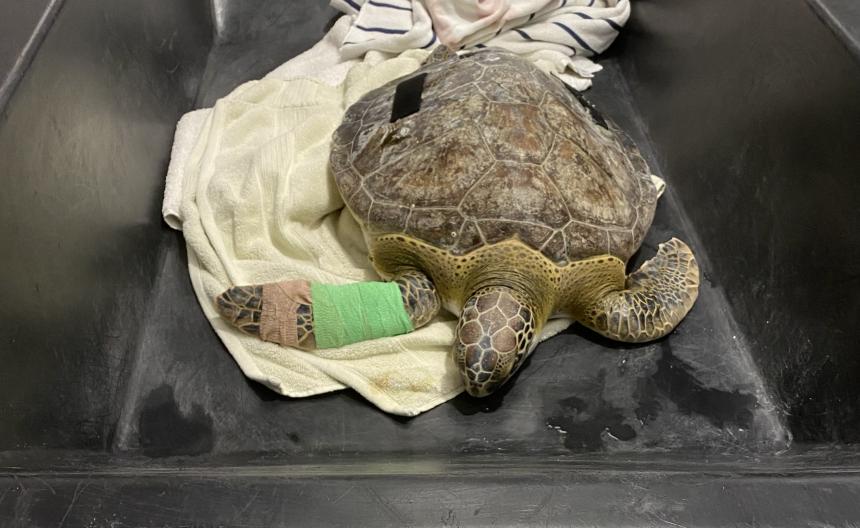
August 23, 2024
I grab a pair of gloves from the hospital and walk out into the tank area. I am not sure why I put gloves on - 90% of the time they get soaked anyway. As I approach the tank, the other veterinary extern heads into the storage area to grab a net. Turns out there is no need....

July 26, 2024
In October 2023, I had the opportunity to travel to Tasmania, the island state of Australia, to learn more about one of its most iconic species, the Tasmanian devil. Tasmanian devils are the world’s largest carnivorous marsupials, and they play a key ecological role as scavengers and in suppressing populations of invasive species....
